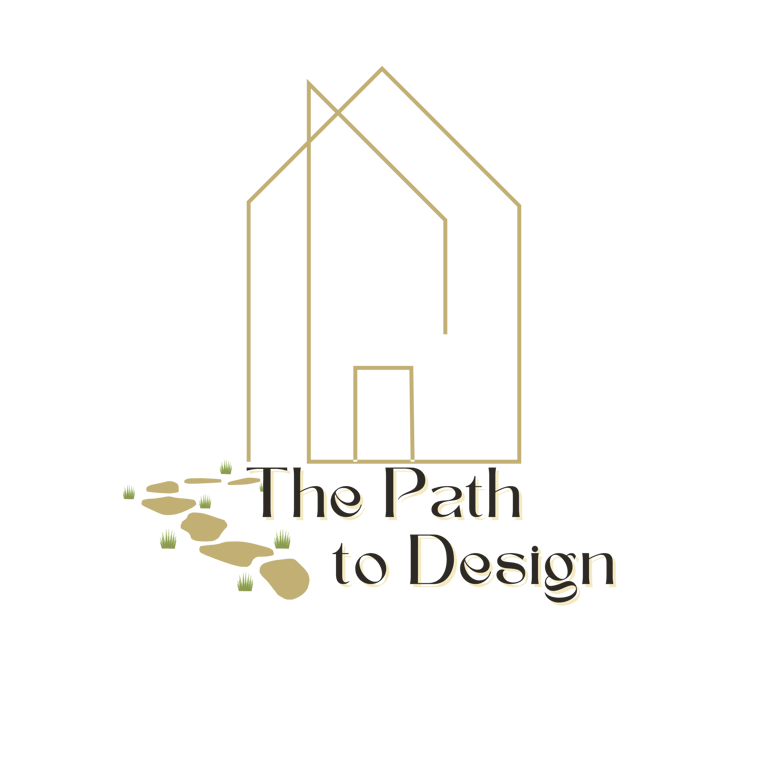What to do Before You Start Decorating
Before you start making any changes in your home... Let’s talk about the most important first step in your interior design journey.
by Natasha Del Brocco
6/15/2025
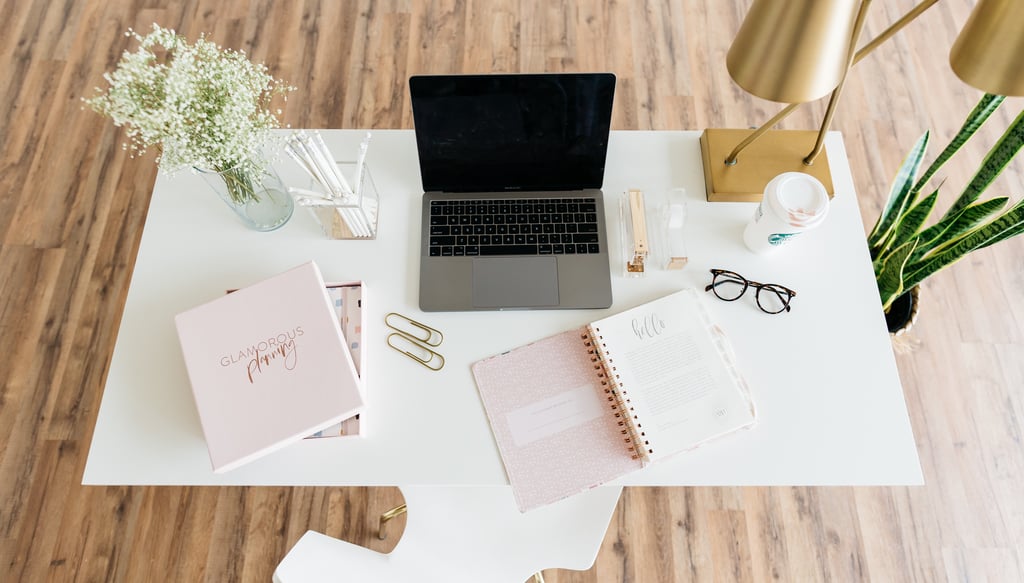

The One Step You Must Take Before You Start Decorating
Whether you’ve just moved in, or maybe you’re finally ready to do something about that space that’s never felt right or you’re simply ready to fall in love with your space again, this article is for you.
Before you pick up a paintbrush, order a new sofa, or start filling your Pinterest boards, stop for a second.
There’s one step you have to take first—and it’s not about trends, styles, or what’s popular right now.
It’s about getting clear on what you actually want from your home.
What do you need your space to do for you? How do you want it to feel? Who’s living in it, and how are you all using it?
If you skip this step, you risk making expensive decisions that don’t work in the long run. So before anything else, let’s get that clarity.
PART 1 Before You Begin — Know Your Why
Design isn’t about copying what’s popular. It’s about curating a space that fits your life, your needs, and your style, not just today, but for the years ahead.
This is why, in my Interior Design Learning Series, Lesson One is all about Reflection and Clarity.
Take a few moments, grab a cup of tea, coffee (or wine), relax, open your notes app or journal, and dive into this introspective questionnaire that sets the foundation for every design choice to come. These are the basic questions I ask my clients during our first consultation, when I step for the first time into their world, their desires and needs.
8 Questions to Unlock Your Personal Interior Design Vision
1. Why do I want to change my space?
Get to the root. Is it no longer functional? you don't feel any emotion when you walk into it? Are you entering a new phase in life that deserves a fresh start?
2. What emotions do I want to feel in my home?
Your home can energize you, calm you, spark creativity, or all of the above. Choose 2–3 feelings you want to cultivate in each space.
3. Who lives here, and how do they use the space?
You, your partner, kids, pets? List who shares your home and how they interact with it. This informs layout, materials, and priorities.
4. What’s my lifestyle today vs. 5 years from now?
If you're planning to grow your family, switch jobs, retire… design for the future, not just the now.
5. What’s my realistic budget and timeline?
Be honest. Are we talking a weekend refresh or a 6-month renovation? Do you have $500 or $50,000? Good design is possible at every level, but knowing your limits helps avoid panic purchases.
6. What’s my maintenance tolerance?
Some materials, like marble, are beautiful but fussy. Others, like quartz, are tough and low-maintenance.
7. What pieces must stay, and what can go?
Sentimental heirlooms? Investment pieces? Be clear on what’s staying, and be open to letting go of what no longer serves you.
8. How do I want my home to reflect me?
Your home is an extension of you. Do you want it to feel adventurous? Elegant? Earthy? Quirky? Think about how you want your personality to show up in your surroundings.
The Outcome:
Clarity = Confidence
This process gives you a solid foundation, preventing emotional spending sprees and design regrets.
When you know your why, the what becomes so much easier to figure out.
PART 2 Your First action Steps
Now that you’ve reflected and set your intentions, it’s time to turn those insights into action.
This stage is all about Observation, Exploration, and Inspiration.
It’s fun, hands-on, and wildly creative, but most importantly, it sets you up to make confident decisions later on.
1. Start Gathering Inspiration!
You know what you feel... now let’s visualize it.
Start browsing:
Pinterest: Create boards for each room or theme [e.g., “Warm Minimalist Bedroom” or “Contemporary Kitchen Ideas”]
Instagram: Save posts to collections using hashtags like #cozyinteriors or #biophilicdesign
Magazines & Catalogues: Tear out pages, or snap pics of layouts, materials, and colors you love
Stores: Walk through home stores and take note of what textures or color palettes draw you in
💡Tip: Don’t overthink your pins, save what you’re naturally drawn to.
2. Observe Your Home Like a Designer
Stand in each room and really look.
Ask yourself:
What’s working here?
What feels awkward or uncomfortable?
Are there areas you avoid?
What’s missing? [Light? Warmth? Storage? Flow?]
Are there materials or layouts you love but don’t know how to use?
Walk through your home like a guest seeing it for the first time. Take notes!
3. Create a Mood Board
Now that you’ve gathered your inspiration, it's time to synthesize it. Use this space to gather images, ideas and anything that expresses the vibe you want to create in your home.
Your mood board should reflect the emotions you want your home to evoke. Think:
Colors you love & that reflect your desired mood
Textures that soothe or energize
Include natural elements, patterns, or materials you’re drawn to
A vibe or feeling [Cozy & Calm? Clean & Minimal? Warm & Vintage?]
You can use Canva, Pinterest, or go old-school with cut-outs and glue.
No rules here!
4. Create a Concept Board
This is where your ideas start becoming a vision.
A concept board builds on your mood board, but adds some specificity.
Use this board to begin imagining furniture, layout, color schemes, and material ideas.
Include:
Sample furniture pieces you like [not necessarily the exact ones you'll buy]
Decor items that reflect your taste
Style references [e.g., “Modern Farmhouse,” “Contemporary,” “Modern Mid-Century”]
Paint or wallpaper swatches
Layout ideas & Room Layout
Think of it as your personal design direction: not a shopping list yet, but a rough draft of where you’re headed.
Template layout:
4 sections:
Furniture & Layout
Color & Material
Decor Style
Notes & Keywords
5. Collect Real Samples [Swatches, Paint Cards, Fabric Bits]
Head to your local paint store or fabric shop and grab swatches.
Touch and compare them in your home’s lighting.
Tape paint chips to the wall, or even better, paint directly on the wall.
Hold fabrics next to your current couch.
You’ll quickly see which ideas were great online but not quite right in your space.
6. Start a “Likes & Dislikes” List
As you browse and collect, write down:
What you consistently like [e.g., matte black fixtures, natural linen, light wood]
What you dislike [e.g., overly glossy finishes, dark heavy furniture, cool colors]
This list becomes your personal style filter. Use it to check all new purchases and plans.
7. Budget Brainstorming: Good / Better / Best
Break your budget into three categories:
Good: The affordable version that still gets the job done
Better: A higher-quality, longer-term option
Best: Your splurge-worthy dream pick
Use this to prioritize. Maybe you splurge on the perfect sofa, but save on lighting or accessories. It’s all about balance.
8. Document Measurements + Take Reference Photos
Trust me — you will forget the width of that weird nook or how close the radiator is to the wall. So measure now.
Record room dimensions
Note where outlets and vents are
Take clear photos of every space from multiple angles
This makes online shopping, space planning, and even asking for help 100X easier.
You Now Have a Plan!
By the time you’ve completed this two-part step, you’re in an amazing place:
✅ You know what you want and why
✅ You’ve observed your home’s current reality
✅ You’ve started collecting inspiration
✅ You’ve laid the foundation for a personalized design direction
✅ You’ve saved yourself from costly missteps and design overwhelm
What’s Next?
In our next Post, we’ll talk about Space Planning and Design Flow — turning your ideas into functional, beautiful layouts tailored to your life.
You’ll learn how to:
Use zoning to make multi-functional rooms work
Choose the right furniture sizes
Create layouts that feel open, cozy, or creative — whatever your space needs most!
💬 Let’s Chat
Which of the 8 “Know Your Why” questions resonated most with you?
What do you want your home to feel like?
Leave a comment or share your Mood board, I’d love to visualize your dream house. Email me at natasha@thepathtodesign.com
💌 Don't Miss the Series
Sign up for The Path to Design Weekly and get each Post straight to your inbox — plus free Printables, Checklists, and surprise Bonuses to make your design journey smooth and joyful.
Happy Designing!
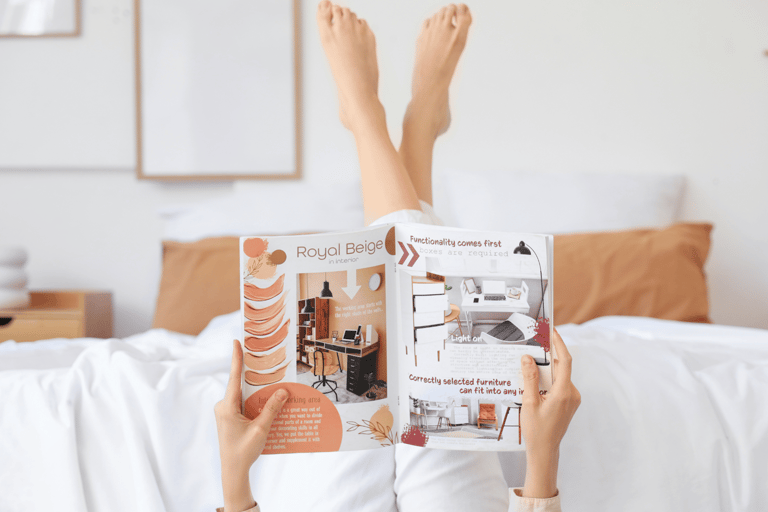

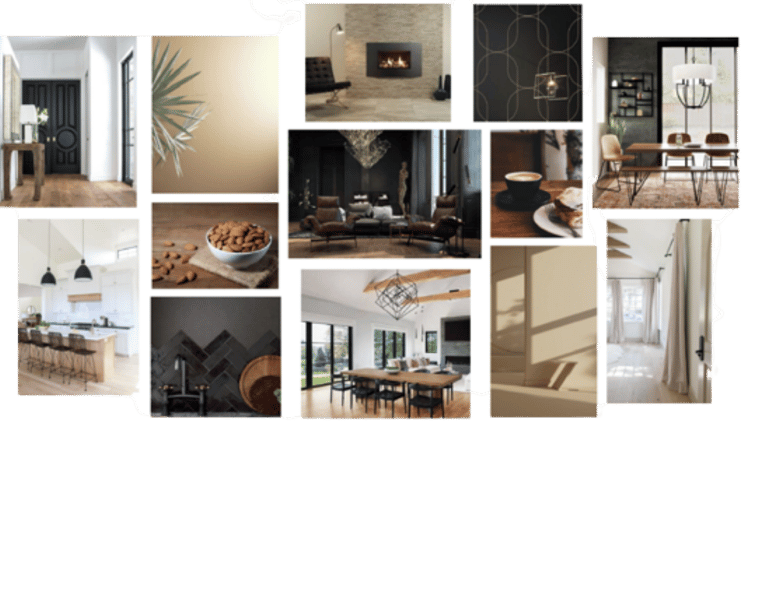

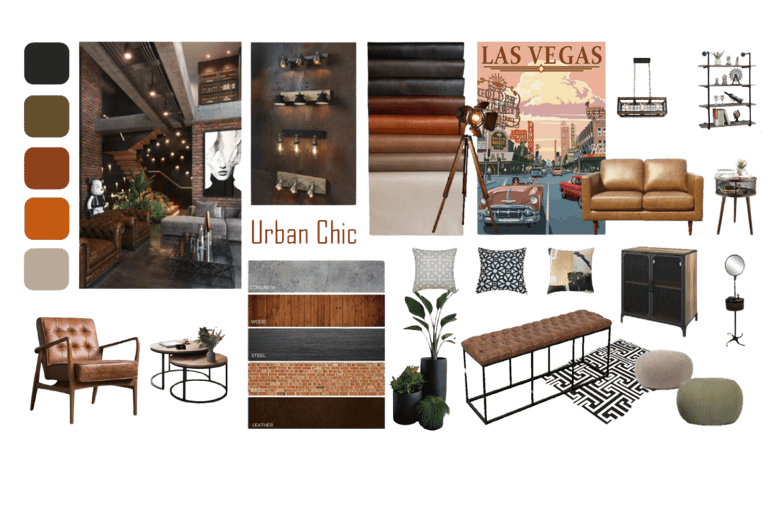

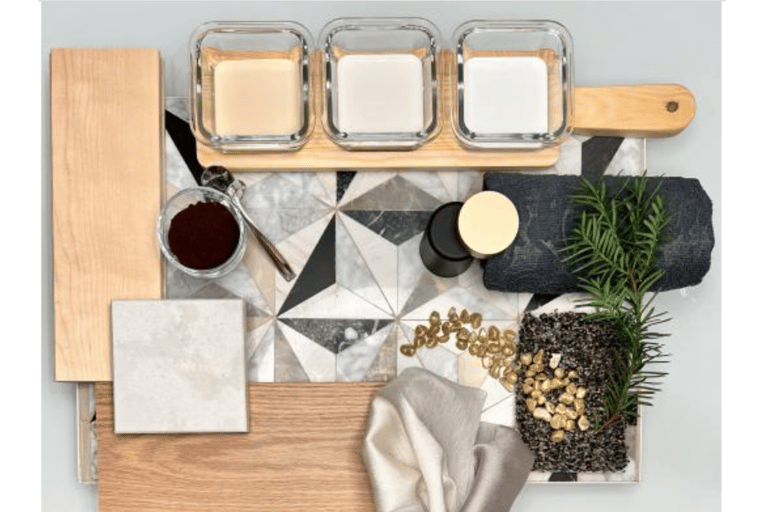









I am Natasha Del Brocco, interior designer, founder of HomeValley Interiors & of ‘The Path to Design" Hub. I am passionate about creating homes that Feel as good as they look. With a love for Nature, Art, and Animals, I help home lovers like you design beautiful, functional, and pet-friendly spaces that reflect who you are. Through my blog and eBooks, I share expert advice, smart solutions and inspiring ideas to help you fall in love with your home all over again.
Disclaimer: This site includes affiliate links that may earn me a commission at no additional cost to you. I only recommend products I truly believe in and that can make your home more beautiful and functional.

What I Do
natasha@thepathtodesign.com
Join my Email List for Inspirational & Strategic Newsletters
Who I Am
